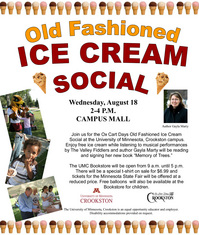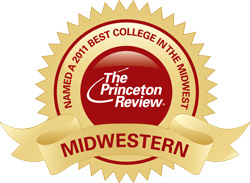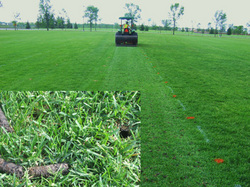The usual What's on Wednesday (W.O.W.) event takes on the topic of energy saving with "Watt's on Wednesday" on Wednesday, September 1, 2010. LeBlanc will blend his comedy insights with his career in energy efficiency and technology in a program at 7 p.m. in Kiehle Auditorium. The event is co-sponsored by U of M, Crookston student activities, the Center for Sustainability, and Otter Tail Power Company. Otter Tail Power Company selected the university of Minnesota, Crookston last year to participate in the Campus Energy Challenge, which is an effort to reduce electric energy use on campus by as much as 15 percent by the end of 2010 through behavior changes, equipment upgrades, and education.
LeBlanc recently won the Energy Outreach and Branding contract for the state of Colorado and is a senior advisor for the California state energy rebranding effort. He has been a leader and innovator in energy efficiency and load management throughout his 20 year career, working for PG&E, EPRI, E Source, and consulting firms. In 1990, he founded the Association of Energy Services Professionals, still the industry's major society.
Using his comedic talents, LeBlanc travels around the U.S. talking with people about their energy use habits, but there's always a twist because humans manage to screw things up and often lack knowledge about energy, which is true, sad, and funny. LeBlanc, also a standup comedian, performs primarily at larger clubs in Denver and around the state of Colorado. He recently won the Boulder Comedy Contest, and has been a two-time finalist in Colorado's New Faces Contest.
LeBlanc is known for his creativity and problem-solving ability and is a sought-after public speaker. He holds both master's and bachelor's degrees in mechanical engineering from Stanford University as well as a bachelor of arts in management economics from Claremont McKenna College.
Today the University of Minnesota, Crookston delivers 29 bachelor's degree programs, 18 minors, and more than 40 concentrations, including several online degrees, in the areas of agriculture and natural resources; business; liberal arts and education; and math, science and technology. With an enrollment of about 1,300 undergraduates from more than 25 countries and 40 states, the Crookston campus offers a supportive, close-knit atmosphere that leads to a prestigious University of Minnesota degree. "Small Campus. Big Degree." To learn more, visit www.umcrookston.edu.
Contact: Dan Svedarsky, director, Center for Sustainability, 218-281-8129 (dsvedars@umn.edu); Elizabeth Tollefson, assistant director, communications, 218-281-8432 (ltollefs@umn.edu)





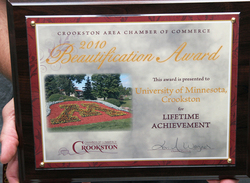
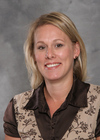
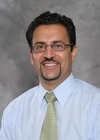
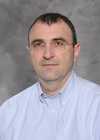
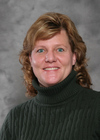
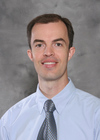
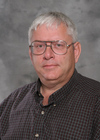
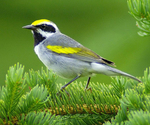
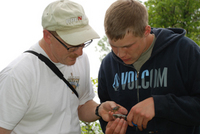
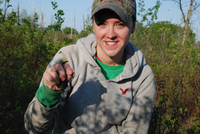
 and Haarstad banding-thumb-200x134-52661.jpg)
